All about Weimaraners

Weimaraner belongs to the rare and unusual representatives of the animal world. This breed of dog is characterized by an unusual coat color, as well as expressive eyes. This luxurious pet is considered not only a virtuoso hunter, but also an excellent home companion.
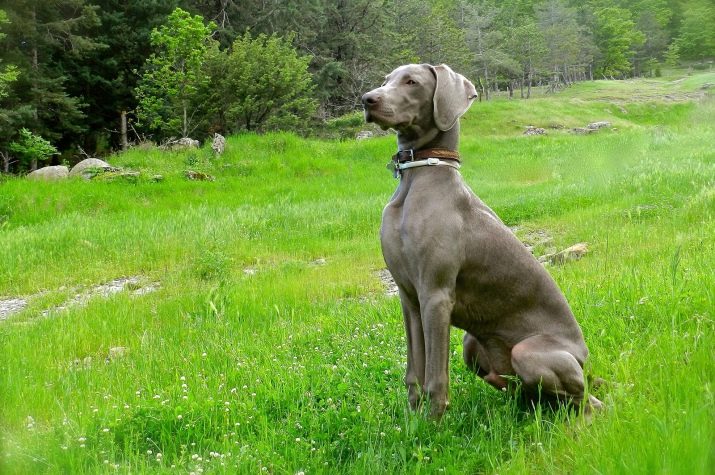
History of the breed
The origin of the Weimaraner dog breed is controversial. Accurate data on dogs have only been available since 1969, when the animal was recognized by the International Cynological Federation. For the first time, this representative of the animal world was mentioned in the 18th century, the information had a direct connection with the French king Louis IX. In addition to his high position in society, this man is famous for two failed Crusades. During the attack on Egypt, a detachment of crusaders was defeated in the areas of the Nile River.
Louis escaped with the surviving warriors. After spending four years in Syria, the king returned to his homeland after his mother died. It was at this time, or rather, in 1254, with the ruler, the dogs arrived, which were characterized unusual blue-gray wool.
The four-legged travelers received the high status of persons of blue blood and were named the dogs of St. Louis. The royal pack contained more than ten representatives, they were described in detail by Gaston de Foix in his writings.

Even after the death of the king, the dogs continued to live with royal status. Due to their unusual appearance, the French called the pets "silver ghosts". As evidenced by numerous references to dogs, they were excellent hunters for large animals... In the XIV century, the number of representatives of this breed increased rapidly.In addition to being used for professional purposes, animals became part of the fashion trend of the time.
The noble position of the Weimaraners in society is confirmed by paintings of the 17th century. On these canvases, the dogs were depicted not as an accessory, but as loyal companions of people.
There is information that The debut of the animal at the exhibition in Berlin was a failure, since the founders of the event did not notice any unique characteristics in the dog's appearance, considering it a mestizo.
Currently, ghost dog puppies are sold in Germany and other countries of the world, but breeders do not give the animal to a low standard of living.

Characteristic
The Weimar Pointing Dog is a relatively large dog, which has special characteristics of appearance and disposition. Some inhabitants consider this animal to be similar to short-haired Kurzhaars with a strange coat color, this is due to the fact that many German breeds of gun dogs have a direct resemblance to each other, especially in the "face".
The Weimaraner is a medium-sized hunting dog with a well-defined sex. The bitch is more elegant, sophisticated, she is more agreeable than the dog. The hound has certain standards for height and weight, namely:
- the weight of the dog is from 30 to 40 kg, the height at the withers is from 62 to 67 cm;
- the weight of the bitch can be from 25 to 35 kg, the height at the withers is from 59 to 63 cm.
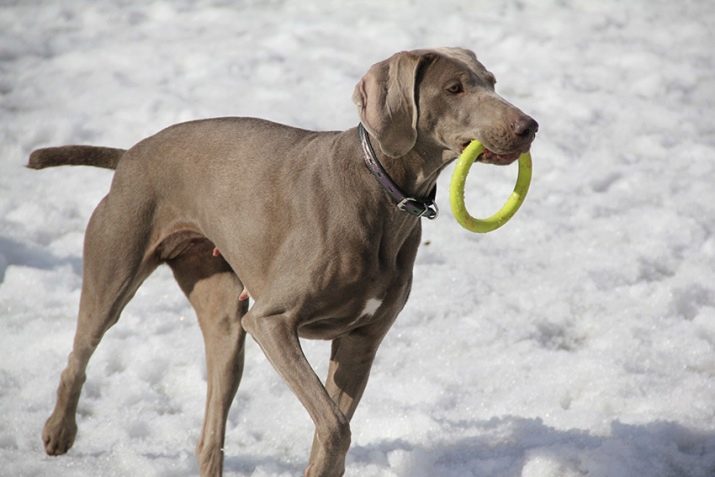
With proper care and proper nutrition, the "silver ghost" lives from 10 to 14 years. The description of the breed according to the standard looks like this.
- Head... The skull is of medium size, it is proportional to the body. A medium-sized tubercle stands out on the rounded back of the head. A wide forehead is divided by a furrow, with a concentrated or tense state, it becomes covered with skin folds.
The cheekbones and eye sockets are sufficiently pronounced. When chewing, there is a good expression of the muscles, eyebrows take an active part in facial expressions.
The transition from the forehead to the bridge of the nose is moderate. The bridge of the nose itself is even, has a small hump near the lobe. The tucked-up lips do not have a fleecy expression. Body pigmentation is observed at the edges of the lips and gums.

- Teeth. Weimaraner is characterized by a complete set of strong teeth with medium dimensions. The scissor bite has no gaps. Strong and powerful jaws have a very strong bite.

- The nose is large and classic in shape. Its end protrudes beyond the lower jaw. Dark liver pigmentation is inherent in the nose. The color fades to gray.
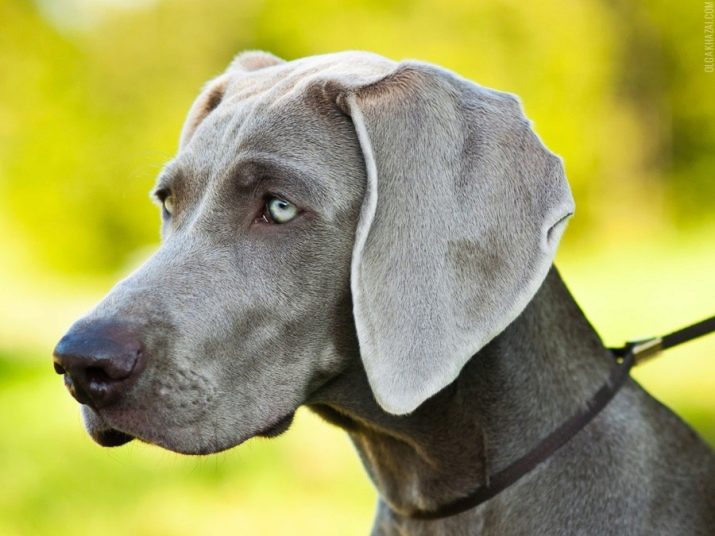
- Organs of vision. According to the standard, the eyes of the animal are round in shape, they are neat, of medium size. The outer corner of the eyelid is raised to the auricle. Skin coloration or pigmentation according to the tone of the fur is inherent in dry eyelids. This animal is characterized by eyes with amber shades, in puppies it is usually bright blue color.
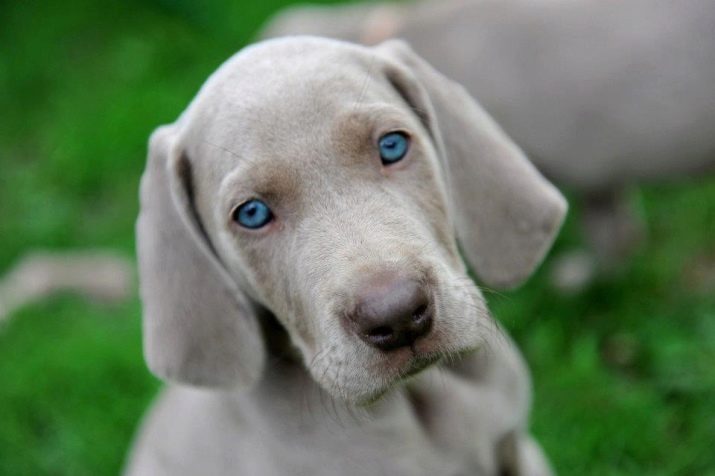
- Auricles. The large ears of the Weimar Pointing Dog are triangular in shape and rounded at the edges. The hearing organs of the dog have a high stance and close proximity to each other. The cartilage of the ears is moderately soft. When the pet is calm, the ears hang from the sides of the head, their ends are located at the level of the jaws. During concentration, the ears are raised and turned forward.

- Body. The animal has a moderately elongated body shape, a rounded middle neck with a bend that is thickened towards the shoulder girdle and has a smooth transition to the withers. The latter is well expressed, the erect back is characterized by a moderate width and a rounded croup.
Depth and narrow width are inherent in the chest, which contributes to the absence of interference when running or sweeping strides. The skin is characterized by elasticity and moderate tension. The ribs are round, elongated and flat.

- Extremities. The forelegs are characterized by dryness, sufficient length, evenness, they are placed under the withers. The strong hind legs have well-developed muscles, their joints are tightly articulated.The hock, elbow and metacarpus are parallel to the body. Dog's hands are collected in a dense lump, they have strong fingers with powerful claws.
The color of the claws is gray. There is elastic skin on the paw pads, which is colored to match the pet's coat. The structural features of the anterior Weimaraner hand can be called the visual highlighting of the middle finger, which is longer than the rest. Dewclaws must be removed at the earliest age of the animal.

- The dog's tail is strong, thick, tapering towards the end. Has a low posture, in a state of excitement, he rises to the level of the spine. The tail is not inherently curled or in contact with the back.
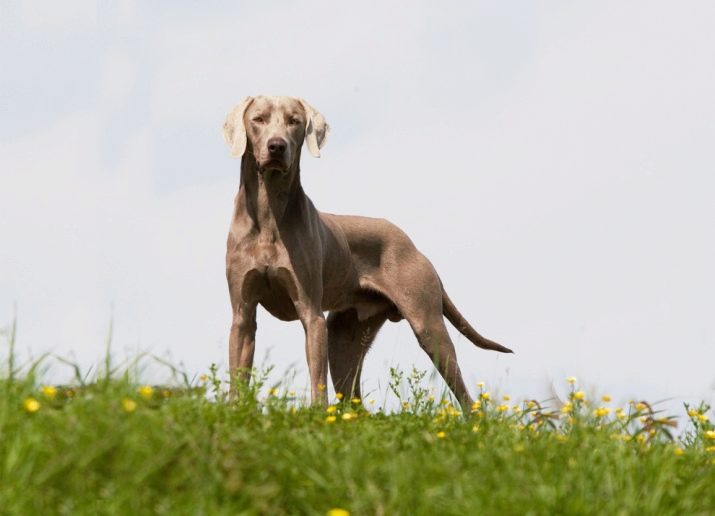
Depending on the length of the coat, the "silver ghost" is divided into the following types.
- Shorthaired Weimaraner. It has short guard hairs with great thickness, which are close-fitting and are characterized by rigidity, hence the name.
- Long-haired weimaraner... The coat of this pet is long (up to 5 cm), wavy, soft. There is dense short fur on the head, and fringes on the ears. The tail is presented in the form of breeches, on the hind legs and between the toes there is a long hairline. The presence of an undercoat is not required.
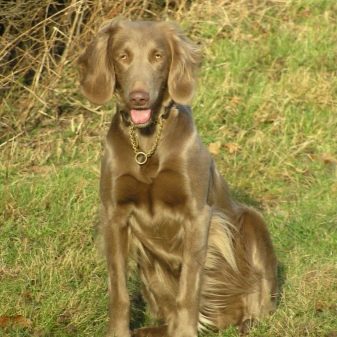

Straight-haired Weimaraner is recognized as the rarest species of these animals. The animal has a two-layer coat, a thick undercoat, and upper hair of medium length. The strictly limited range of fur color of the Weimar Pointing Dog is the main indicator of the purebredness of modern dogs. The standard provides for 3 options for the color of animal fur:
- silvery, smoky gray with a possible non-intense copper tint;
- brown-gray, however, if the pet is chocolate-colored or has rich brown spots, then it is not a purebred;
- gray mouse.
Many representatives of this breed have brown color wool, which is washed out by a recessive gene. If you breed non-purebred dogs, then the litter will contain brown, chestnut and black puppies.
Despite the strict standards, there are blue Weimaraners, which are in fact animals with washed-out black fur.
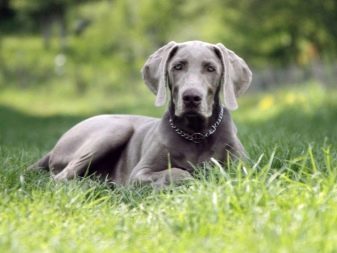
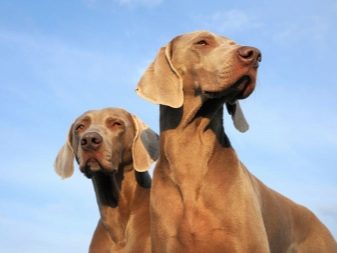
The flaws of this breed of hunting cops are the following:
- roughness or lightness of the constitution of the body;
- failure, hunched back;
- barrel-shaped, underdeveloped back;
- excessive tightness of the abdomen;
- eversion of the elbows, flatness of the paws;
- constrained movements;
- pointed short muzzle;
- concavity of the back of the nose;
- very fluffy fur;
- incorrect bite;
- the intensity of the shade of the coat color, which displaces the gray;
- cowardice, lack of temperament.

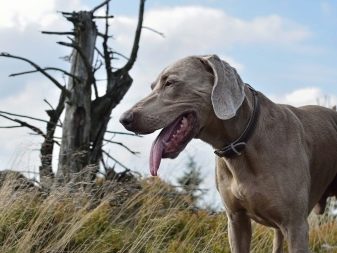
Advantages and disadvantages
In addition to being active and friendly, representatives of the Weimar Pointing breed have the following advantages:
- high mental development;
- good attitude towards children;
- affection and devotion to the owner;
- the ability to easily learn and train;
- unusual appearance, in particular coat and eye color.

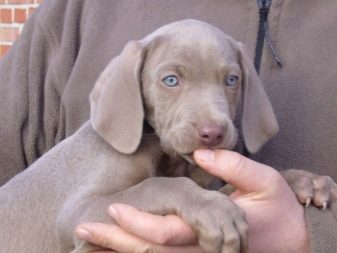
Among the disadvantages of this pet are the following:
- the need for frequent and long walks of the pet;
- poor tolerance of loneliness;
- the need for active leisure;
- predisposition to certain ailments;
- disobedience during the pursuit of game.
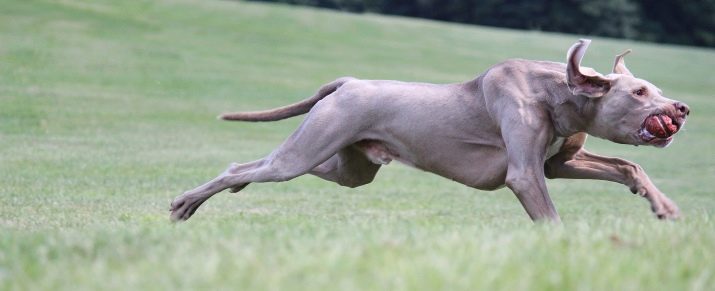
Character traits
Weimaraners are creatures that are very loyal to their masters, they prefer to always be near a person. The animal does not tolerate loneliness well. The pet is not characterized by aggression, he loves to spend time with children and is always ready to defend them. The Pointer is a friendly, fun, fearless, fast and agile creature.... He always needs to be occupied with active entertainment, for example, sports or hunting.
Often, the animal is involved in pitch and go, frisbee, agility, coursing and other activities where there is an opportunity to throw out the accumulated energy. Representatives of this breed are considered excellent hunters; with the help of a stand, they indicate the location of the game. This dog is able to get a duck out of the water, find and raise a wild boar.... However, if you live in an urban environment, the hunting instinct can become a problem, for this reason, the dog should always be on a leash.
As a small puppy, the Weimaraner can get along well with other pets. In some cases, the dog can be irritable if it is not well mannered or has little physical activity. The animal treats strangers with distrust, can bark loudly.

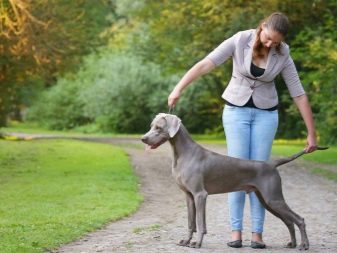
Conditions for keeping
Keeping an active large dog in a city apartment is not a good idea. The best option for the Weimar Pointer is a private house, around which there is a fenced area, ideal for walking the dog.
This animal needs regular walks in the fresh air, as well as intense exercise. Together with the pet, the owner should walk, hunt, and train for a long time.
With a lack of physical activity, the Weimaraner may have health problems.
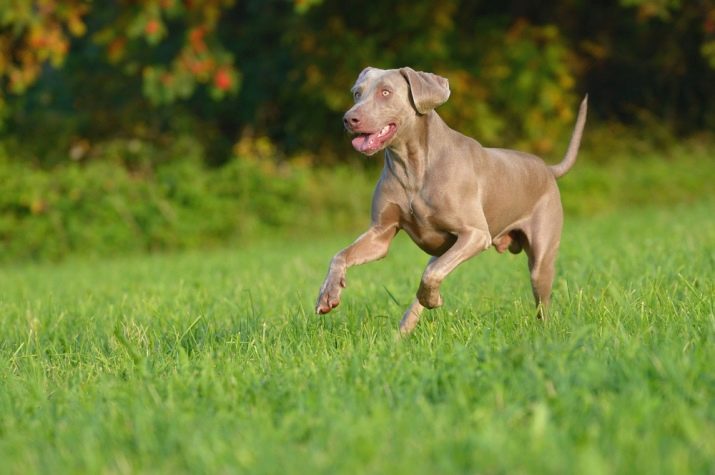
Before you bring a Weimar Pointing Puppy into the house, you will need to perform the following activities:
- organize a place to relax in the form of a comfortable and soft lounger;
- prepare a place for eating, a large bowl is suitable for eating a thoroughbred pet, preferably with the ability to adjust the height;
- to make the room safe for the dog: remove objects that beat, are under electrical voltage, as well as small objects;
- buy accessories, clothes for every season, and equip a small enclosure for keeping at home.
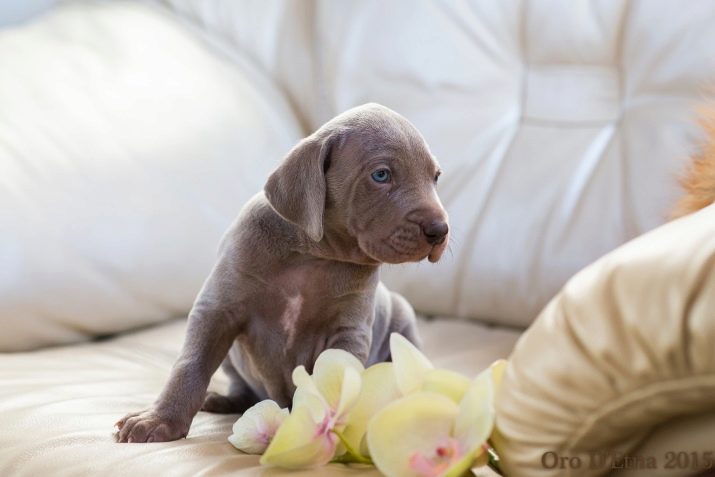
What to feed?
The question of feeding Weimaraner dogs is quite a responsible one. It is worth deciding on the type of pet food even before it appears in the house. The diet of a cop has significant differences from that of a human. The feeding rules of the representatives of this breed are very similar to the nutrition of dogs of other breeds.
The basic rules for feeding a Weimaraner look like this.
- Hunters and athletes need more nutritious food. In this case, it is worth taking into account the activity of the dog, its lifestyle, weight, age.
- When choosing natural food it is worth remembering that the cop needs more food than other dogs of the same weight. The reasons for this are considered to be the accelerated heat exchange and metabolism of the pet.
Weimaraner puppies need at least 1 liter of food per day, and adults - 1.5-2.5 liters or kilograms.
This calculation is approximate, the owner should monitor the condition of the dog and control the amount of food. If the animal is losing weight, then it should be fed more, and if it is rapidly gaining weight, then give less food.

It is undesirable to feed a pet from your table. In the dog's diet, it is necessary to adhere to completeness and balance. The owner may give preference to feeding the animal with dry premium industrial food or self-prepared food. Holistic and high-quality food fully satisfy the needs of the dog in all the components it needs.
Brand products are perfect for puppies. Orientjen puppy large, for adult representatives of the breed - Acana Heritage Adult Large Breed Grain-Free, Platinum Adult Dog Lamb & Rice. food is suitable for a hyperactive animal Acana Heritage Sport & Agility Grain Free,

The following ingredients should be present in the pet's diet:
- cheese, cottage cheese and kefir;
- beef and lamb;
- buckwheat;
- vegetables, fruits, herbs;
- special bones from a pet store;
- offal in the form of spleen, trachea, scar;
- boneless sea fish.
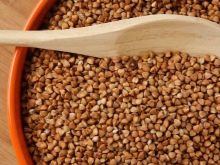
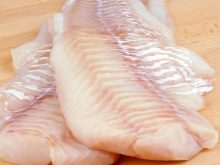

A puppy of this breed should be taught to all products from an early age. After a while, the matured pet will happily eat raspberries or carrots. Homemade food is the best feeding option for Weimaraners, however mineral supplements should be included. If you feed your pet properly from an early age, many health problems can be avoided.
Also, the owner should know about the list of products that it is forbidden to feed the cop. These include:
- tubular bones;
- fresh and dried grapes;
- chocolate;
- garlic;
- beet;
- corn, wheat, soybeans, white rice;
- onion.
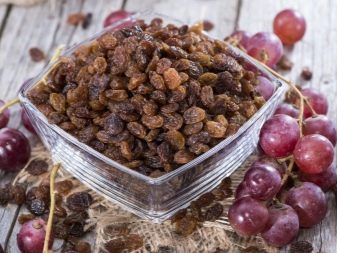

The frequency of feeding dogs of this breed:
- puppy in 2-3 months - about 6 times a day;
- pet at 3-4 months - 4 times a day;
- a dog at 4-9 months - 3 times a day;
- from 10 months of age, you need to feed the dog 2 times a day.
The owner of the Weimaraner should remember that the animal cannot be fed immediately after walking or training with a dog handler. The animal should rest for about 30 minutes, after which water is poured into the bowl for drinking. Dogs are given food about an hour after exercise. In the hot season, the dog can be fed once a day. With two meals a day, more hearty and high-calorie foods should be served in the evening.
An exception is considered a working service cop, who needs to be fed hearty food before going to work.

Nutritional features of puppies, which are contained in home products
Puppy age | Products in kilograms |
up to 4 months | Meat, fish - 0.4; porridge - 0.3; vegetables - 0.2; milk - 0.5; fish oil - 0.01. |
4-6 months | Meat and fish - 0.5; porridge - 0.4; vegetables - 0.3; milk - 0.5; fish oil - 0.02. |
up to 10 months | Meat and fish - 0.6; porridge - 0.5; vegetables - 0.4; milk - 0.2; fish oil - 0.02. |
The food you put in the bowl for the dog should be at a moderate temperature. If the food is too cold or hot, the pet may temporarily or permanently lose its scent.
Both mothers and puppies should not be given food in large chunks, it should be pre-cut into cubes.
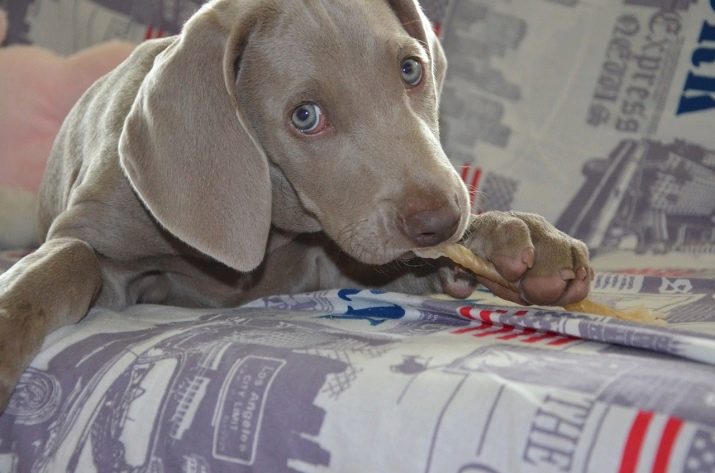
How to care?
The animal should spend a lot of time walking in the fresh air, while it should return to a warm room. Short-haired Weimaraners do not have an undercoat, so they do not need to be combed, it will be enough to clean the fur with a rubber glove or brush. To remove dead hair, brush over the pet's body from the head to the tail. This procedure should be done every 7 days.
Long-haired Weimar Pointing Dog it is worth combing out every day using a long-bristled brush.
Daily grooming of your dog includes brushing your teeth and ears. Additionally, the dog's ears should be cleaned after bathing at home or in a pond. The teeth need to be cleaned several times a week, but the procedure can be done every day to prevent unpleasant odor from the mouth.
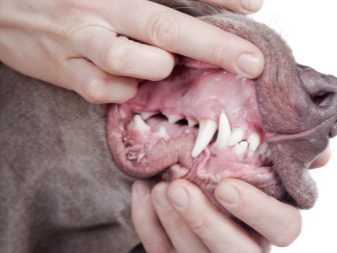
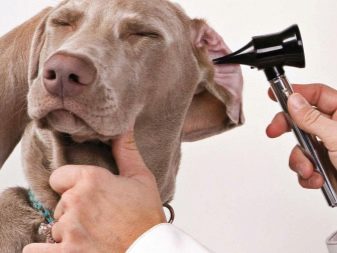
If you keep your pet clean, you can avoid the development of a lot of ailments. Every week, the dog needs to trim its claws using a claw cutter. Short-haired "silver ghosts" should be bathed no more than once every 30 days. However, an active animal can quickly become contaminated and therefore may require additional water treatment.
Long-haired representatives of this breed require more care, as their coat is special, and the shedding is more noticeable. When bathing dogs, you should use a special veterinary shampoo.
Weimaraners rarely get sick, however, when choosing a puppy, you should familiarize yourself with the ailments of his ancestors.
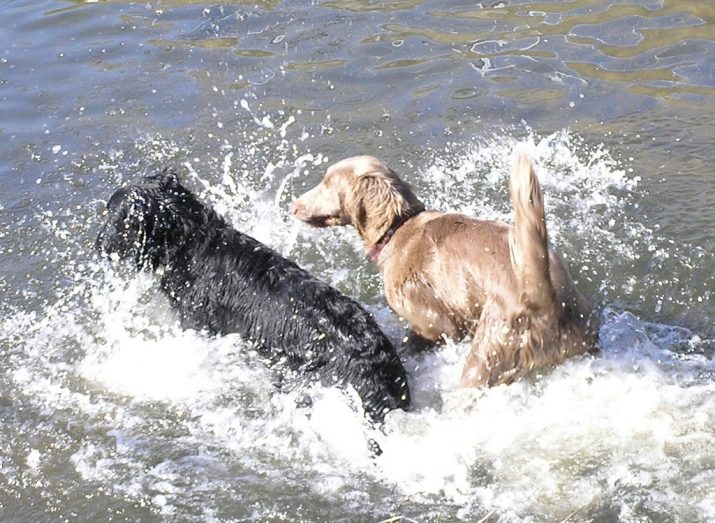
The most common animal pathologies to be wary of are.
- Morell-Barlow disease. This is an ailment of fast growing large breed dogs. Long bones are affected in a sick animal. The disease can be recognized by lameness, poor appetite, lethargy.
- Dysplasia of the hip joints. The disease manifests itself through joint degeneration in the pelvic and femoral regions. In this case, it is observed that the animal wags its backward while walking, its croup is lowered.A sick pet refuses to go down and up the stairs.
- Von von Willebrand disease manifests itself in a violation of blood clotting. With this disease, the animal has spontaneous nosebleeds, and blood is also present in the urine. The injured dog experiences significant blood loss.
- Intestinal volvulus - This is a disturbed structure of the intestinal loops. The disease can be manifested by lingering constipation. In the absence of proper treatment, this disease can be fatal.
- Diseases of the organs of vision. The most common are retinal atrophy, eyelid volvulus, and additional ciliary row.
- Dilation and volvulus of the stomach... Exceptionally large dogs suffer from this pathology. The disease is characterized by rapid development, as well as the possibility of the death of a pet.
- Hypothyroidism - This is a dysfunction of the thyroid gland. A sick dog may experience obesity, infertility, and mental retardation.
- Myasthenia gravis... This neurasthenic pathology manifests itself in muscle weakness. With the course of the disease, the animal may experience loss of voice, the ability to swallow and blink. Affected dogs do not tolerate physical exertion.
- Degenerative myelopathy Is an ailment that destroys the brain. Older pets often get sick with it. The disease can manifest itself in the form of loss of coordination, weakness in the legs. A sick dog can sway and fall sharply when walking.
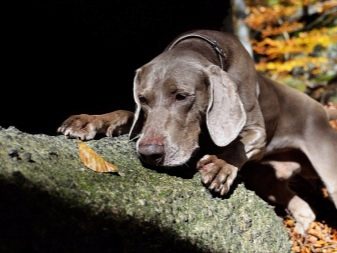
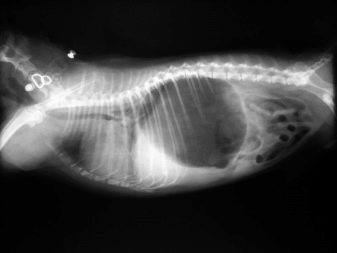
To protect against dangerous diseases, the owner must vaccinate the Weimaraner in a timely manner. Inoculating the "silvery trait" follows from the following ailments:
- rabies;
- parainfluenza;
- plague of carnivores;
- trichophytosis;
- leptospirosis;
- paraviral enteritis;
- coronavirus;
- infectious hepatitis.
Vaccination should be taken seriously, strictly adhering to the vaccination schedule.

Education and training
Training a Weimar Pointer is a simple event that will bring a lot of positive emotions. Thanks to the attentiveness of dogs and their stable psyche, these pets are diligent and attentive students. The puppy is able to easily master standard work commands, since the blood of a hunter flows in its veins. Dog training should be based on his need for a companion. Weimaraner has a great desire to be around a person and please him, therefore he understands all his requests.

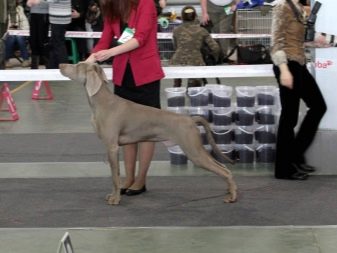
Sometimes training can be hampered by high intelligence and a desire to be independent, as well as the desire to break free at any moment and chase after prey. When raising Weimaraners, you should heed the following advice:
- it is worth starting raising a puppy from the moment it appears in the house;
- you cannot change the rules: having initially established the boundaries of permissibility, you should adhere to them on an ongoing basis;
- it is strictly forbidden to use violence and physical punishment in relation to a pet of this breed;
- it is better to train a dog in a quiet place, where there are few people and other animals, so that the dog is not distracted;
- in the eyes of the dog, you should be a leader and not lose your authority;
- you can train a puppy on a dog playground only after it gets used to the smell and noise of the street;
- for training to active play, you can use the natural activity inherent in the dog.
You can train a cop on your own, but the best effect can be achieved if you send the dog for training to a specialist.
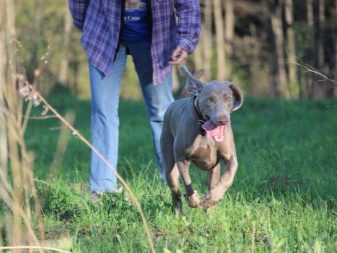

Owner reviews
Weimaraners are intelligent and headstrong creatures that are not very common at this time. According to the reviews of the owners of these animals, simple walks with a person are not enough for a pet, an active puppy needs constant running and chasing prey. The pet gets everything that catches his eye, it can be frogs, neighbor's cats, pigeons. These beings have a lot of energy that needs to be constantly directed somewhere.
"Silver Ghosts" are not toys for people, but smart and interesting animals... A dog needs proper nutrition and timely vaccinations to lead a long and happy life. The dog also needs attention, competent training and a responsible attitude from a person.
This breed of dog is very rare, so the puppy can be reserved in advance in the kennel, there are such dogs both in Russia and in other countries of the world. A kid with a good pedigree can cost up to 60,000 rubles.
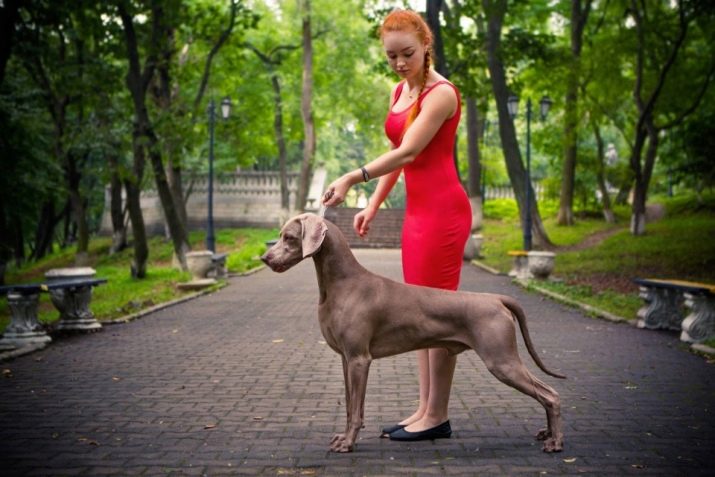
The Weimaraner is an ideal pet for active and curious people who are prone to long walks. Owners of dogs of this breed have already appreciated the loyalty of their constant companions, who are able to fully participate in any adventures and adventures, as well as protect the owner if necessary. These cops cannot leave indifferent any dog lover, as they are characterized by elegance, aristocracy, unusual appearance and excellent character.

You will learn even more information about this breed from the following video.






































